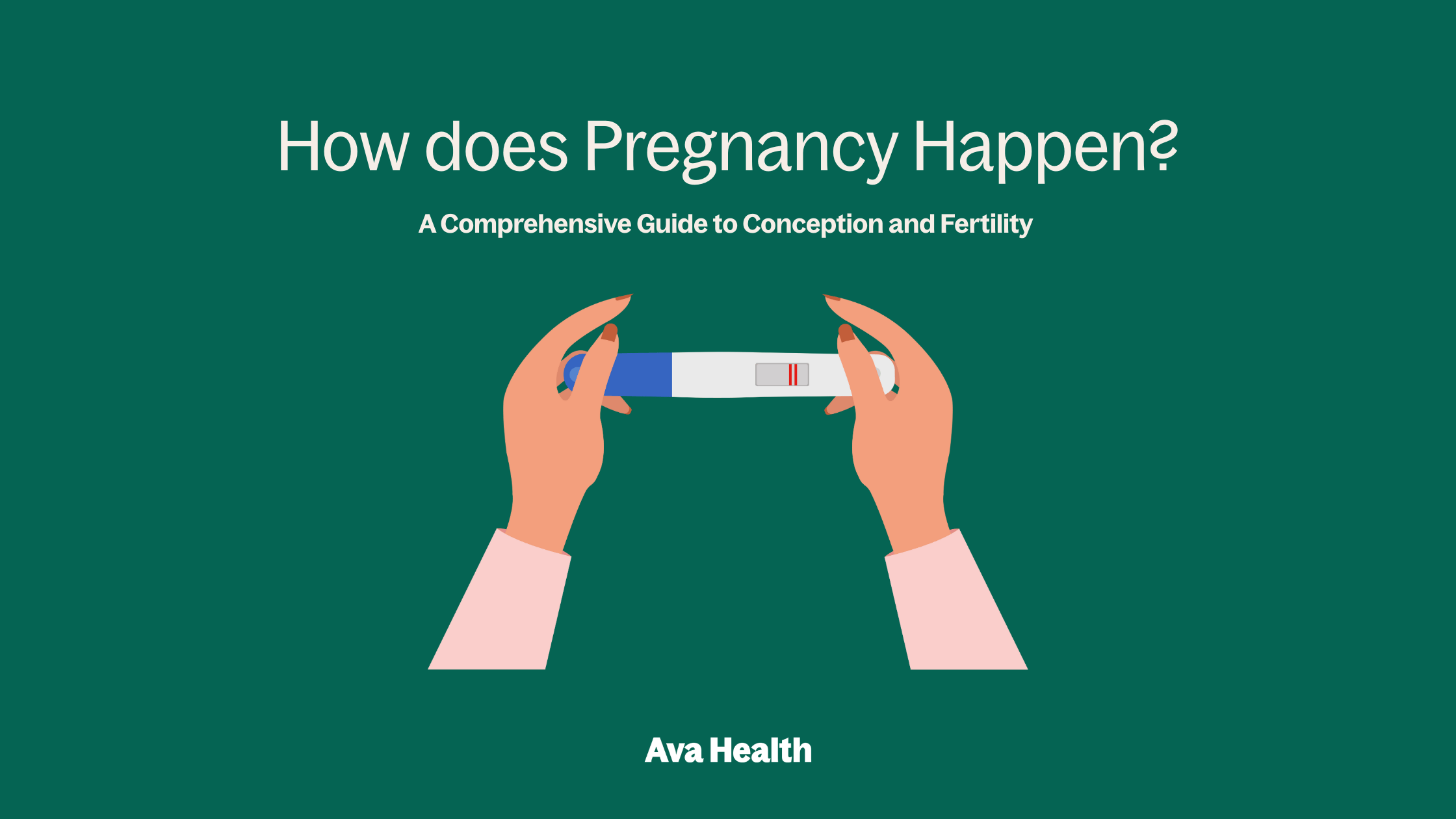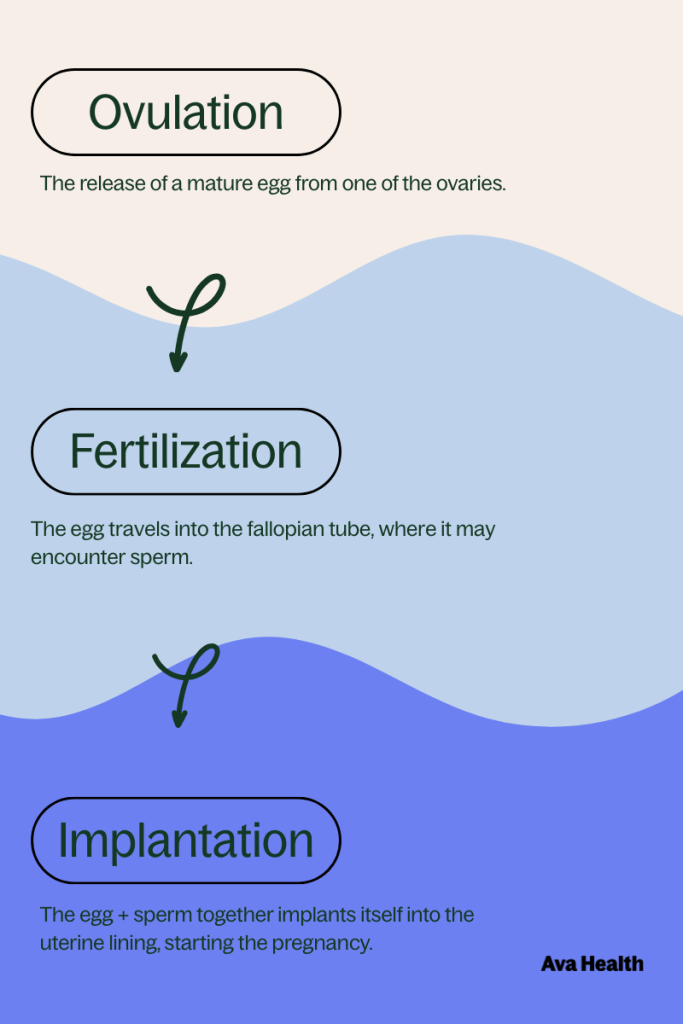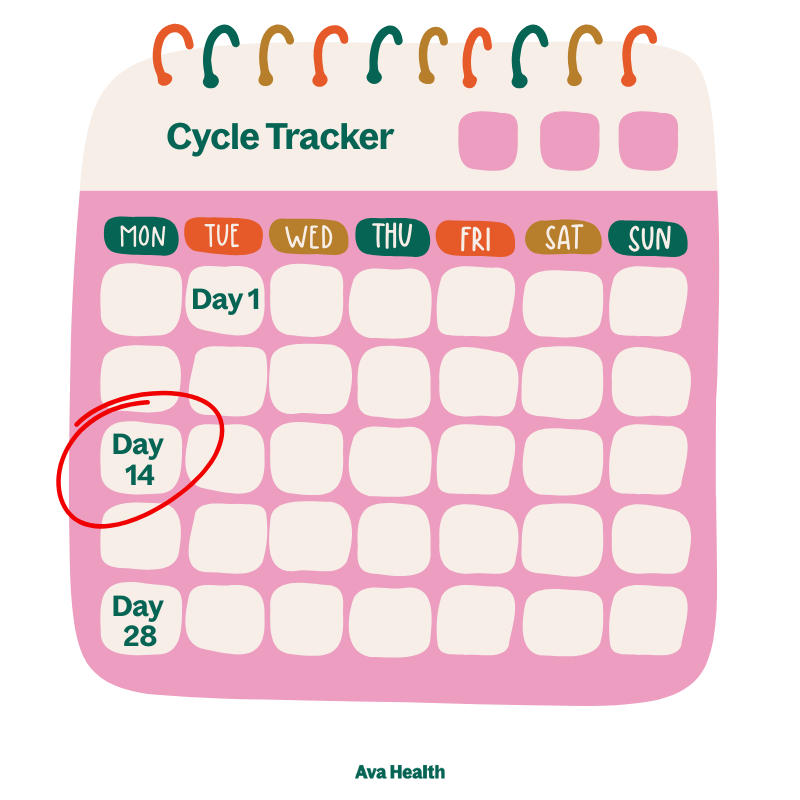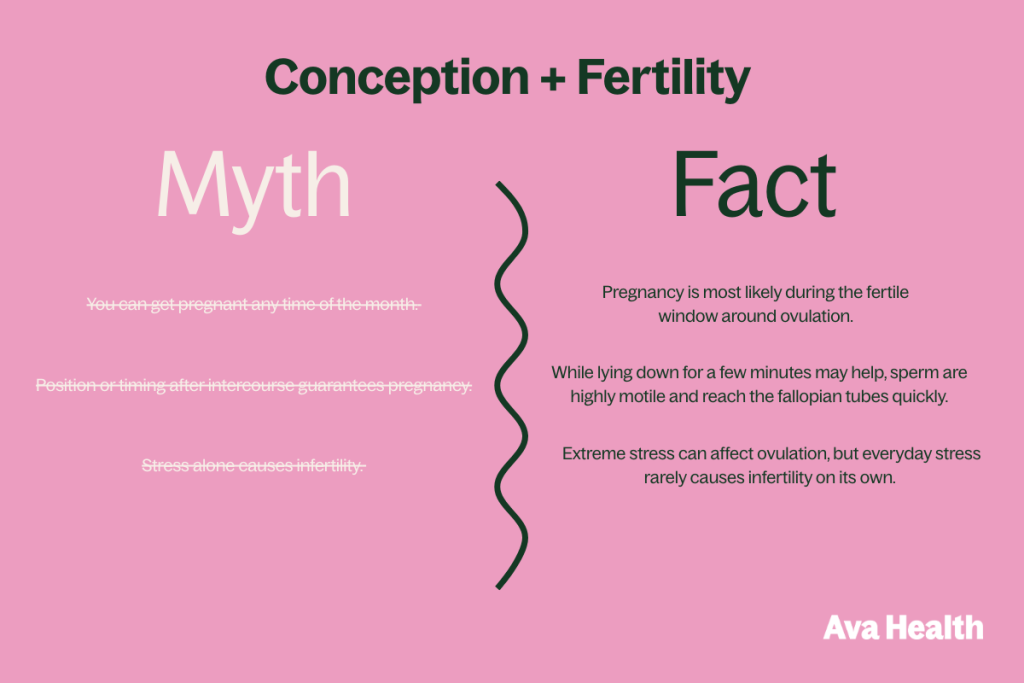
Understanding how pregnancy occurs is crucial for individuals aiming to conceive or prevent pregnancy. This comprehensive guide delves into the biological processes, factors influencing fertility, and methods to track ovulation, providing a clear picture of how pregnancy happens.
The Basics of Conception
Pregnancy begins with the union of a sperm from a male and an egg cell from a female, resulting in fertilization. This process involves several key steps:
1. Ovulation
Ovulation is the release of a mature egg from one of the ovaries. This typically occurs midway through the menstrual cycle, around day 14 in a 28-day cycle. However, the exact timing can vary among individuals and cycles. Stress, illness, travel, and lifestyle factors can also impact ovulation timing.
- Fertilization
After ovulation, the egg travels into the fallopian tube, where it may encounter sperm. Sperm can survive in the female reproductive tract for up to five days, making it possible for fertilization to occur if intercourse happens within this window. Fertilization usually takes place in the fallopian tube when a sperm penetrates the egg, forming a zygote.
The newly formed zygote contains a complete set of 46 chromosomes (23 from each parent) and begins immediate cell division as it travels toward the uterus.
- Implantation
The zygote becomes a blastocyst after multiple divisions.
Around 6 to 10 days after fertilization, the blastocyst implants itself into the uterine lining, releasing hormones that signal the body to maintain the lining and support pregnancy.
Successful implantation marks the true beginning of pregnancy and leads to the release of human chorionic gonadotropin (hCG), the hormone detected by pregnancy tests.

Tracking Ovulation and Fertility
Understanding and monitoring ovulation can aid in both achieving and preventing pregnancy. Several methods can help track ovulation:
Basal Body Temperature (BBT)
BBT is the body’s resting temperature. A slight increase in BBT, typically around 0.5 to 1 degree Fahrenheit, can indicate ovulation. By charting daily temperatures over several months, individuals can identify patterns in their ovulation cycles and predict fertile windows.
Cervical Mucus Monitoring
Changes in cervical mucus can signal ovulation. Leading up to ovulation, cervical mucus becomes clear, stretchy, and resembles raw egg whites, indicating increased fertility. Monitoring these changes daily can help pinpoint the most fertile days.
Ovulation Predictor Kits (OPKs)
OPKs detect the surge in luteinizing hormone (LH) that precedes ovulation. A positive result suggests that ovulation is likely to occur within the next 12 to 36 hours, helping individuals time intercourse or insemination appropriately.
Calendar Method
Tracking menstrual cycle lengths over several months can help estimate fertile windows. While less precise than other methods, combining calendar tracking with BBT and cervical mucus observations can improve accuracy.

Factors Affecting Fertility
Several factors can influence an individual’s fertility and understanding them is key for both conception and prevention.
Age
Fertility naturally declines with age, particularly after the age of 35. This decline affects both egg quality and quantity. Men also experience a gradual decline in fertility with age, though it is less dramatic.
Health and Lifestyle
Conditions such as:
- Polycystic Ovary Syndrome (PCOS)
- Endometriosis
- Thyroid Disorders
- Pelvic Inflammatory Disease (PID)
can significantly impact fertility.
Lifestyle factors such as smoking, excessive alcohol consumption, poor diet, high stress levels, and obesity can also reduce fertility in both men and women.
Environmental Factors
Exposure to environmental toxins like pesticides, heavy metals, and radiation can impair fertility. Choosing a healthy environment and lifestyle can enhance reproductive health.
Frequency of Intercourse
Regular intercourse during the fertile window (the five days leading up to ovulation and the day of ovulation itself) increases the chances of conception. Experts often recommend intercourse every 1–2 days during this window for the best results.
Birth Control and Pregnancy Prevention
Understanding how pregnancy occurs also involves knowledge of how to prevent it. Various birth control methods work by inhibiting ovulation, fertilization, or implantation:
1.Hormonal Methods
- Birth Control Pills: Release synthetic hormones to prevent ovulation.
- Patches, Injections, and Implants: Deliver hormones over time to inhibit ovulation and thicken cervical mucus, making it harder for sperm to reach an egg.
2. Barrier Methods
- Condoms: Prevent sperm from entering the uterus.
- Diaphragms and Cervical Caps: Cover the cervix to block sperm entry.
3. Intrauterine Devices (IUDs)
- Hormonal IUDs: Release hormones to prevent ovulation and thicken cervical mucus.
- Copper IUDs: Release copper ions toxic to sperm, preventing fertilization.
4. Natural Methods
- Fertility Awareness Methods (FAMs): Involve tracking ovulation signs and avoiding intercourse during fertile windows.
- Withdrawal Method: Involves pulling out before ejaculation but is less reliable.
Each method varies in effectiveness. Using two methods (e.g., condoms plus hormonal contraception) increases efficacy.
Assisted Reproductive Technologies (ART)
For individuals facing fertility challenges, ART offers alternative pathways to conception:
In Vitro Fertilization (IVF)
In IVF, eggs are retrieved from ovaries and fertilized with sperm in a laboratory. The resulting embryo is then implanted into the uterus. IVF may involve hormone treatments to stimulate egg production.
Intrauterine Insemination (IUI)
During IUI, sperm is collected, concentrated, and directly inserted into the uterus around the time of ovulation. This method is less invasive than IVF and often used in cases of mild male infertility or unexplained infertility.
Donor Sperm, Eggs, and Embryos
For individuals or couples unable to conceive using their own genetic material, donor sperm, eggs, or embryos offer another option.
Surrogacy
In cases where pregnancy is not medically advisable, a surrogate may carry the baby for the intended parents. Surrogacy can be traditional (surrogate uses her own egg) or gestational (surrogate carries an embryo not genetically related to her).
Common Myths About Conception
Misconceptions can lead to confusion about fertility and pregnancy. Here are some facts to clarify:
- Myth: You can get pregnant any time of the month.
Fact: Pregnancy is most likely during the fertile window around ovulation.
- Myth: Birth control pills cause infertility.
Fact: Fertility typically returns quickly after stopping hormonal birth control.
- Myth: Position or timing after intercourse guarantees pregnancy.
Fact: While lying down for a few minutes may help, sperm are highly motile and reach the fallopian tubes quickly.
- Myth: Stress alone causes infertility.
Fact: Extreme stress can affect ovulation, but everyday stress rarely causes infertility on its own.

Emotional Aspects of Fertility and Conception
Whether trying to conceive or prevent pregnancy, emotions can run high. Hope, fear, excitement, and anxiety are all normal reactions. It’s important to seek support when needed, whether from loved ones, counselors, or healthcare providers.
Couples may experience relationship stress when dealing with infertility or unintended pregnancies. Open communication, setting shared goals, and seeking professional counseling can help manage these challenges.
Conclusion
Pregnancy is a complex process involving precise timing and various biological factors. By understanding ovulation, tracking fertility signs, and being aware of factors affecting fertility, individuals can make informed decisions about conception and pregnancy prevention.
If you find yourself potentially pregnant, know that Ava Health is here to help. Schedule an appointment with us today for compassionate, confidential support. You are not alone.
Note: This blog post is for informational purposes only and does not constitute medical advice. For personalized guidance, please consult with your primary healthcare provider, as we are a screening clinic.
Sources
- American College of Obstetricians and Gynecologists. ACOG. American College of Obstetricians and Gynecologists, 2024, https://www.acog.org.
- Centers for Disease Control and Prevention. “Assisted Reproductive Technology (ART).” CDC, 6 Nov. 2023, https://www.cdc.gov/art/index.html.
- Mayo Clinic Staff. “Pregnancy Week by Week: Conception.” Mayo Clinic, Mayo Foundation for Medical Education and Research, 14 Apr. 2024, https://www.mayoclinic.org/healthy-lifestyle/getting-pregnant/in-depth/prenatal-care/art-20045177.
- Office on Women’s Health. U.S. Department of Health and Human Services, 2024, https://www.womenshealth.gov.
- U.S. National Institutes of Health. NIH, U.S. Department of Health and Human Services, 2024, https://www.nih.gov.
- American Society for Reproductive Medicine. ASRM, 2024, https://www.asrm.org.
